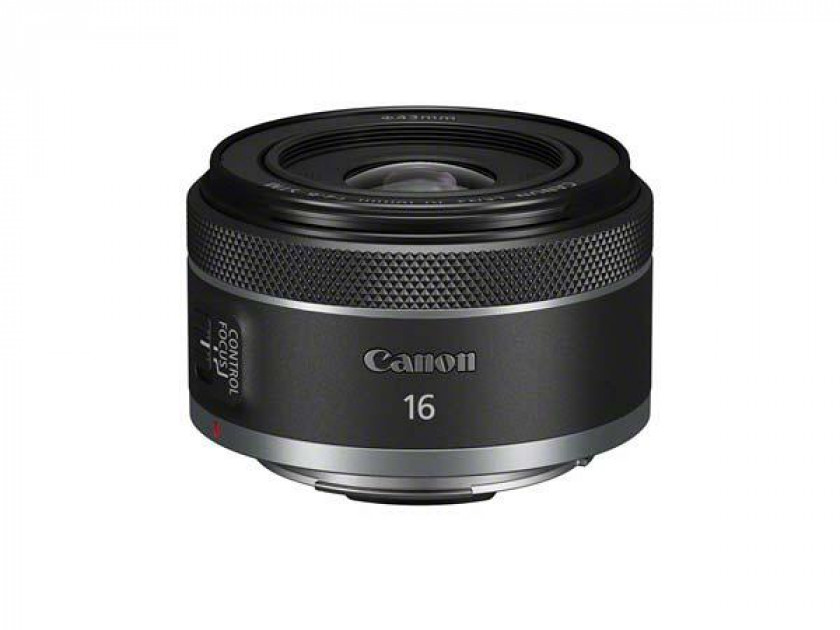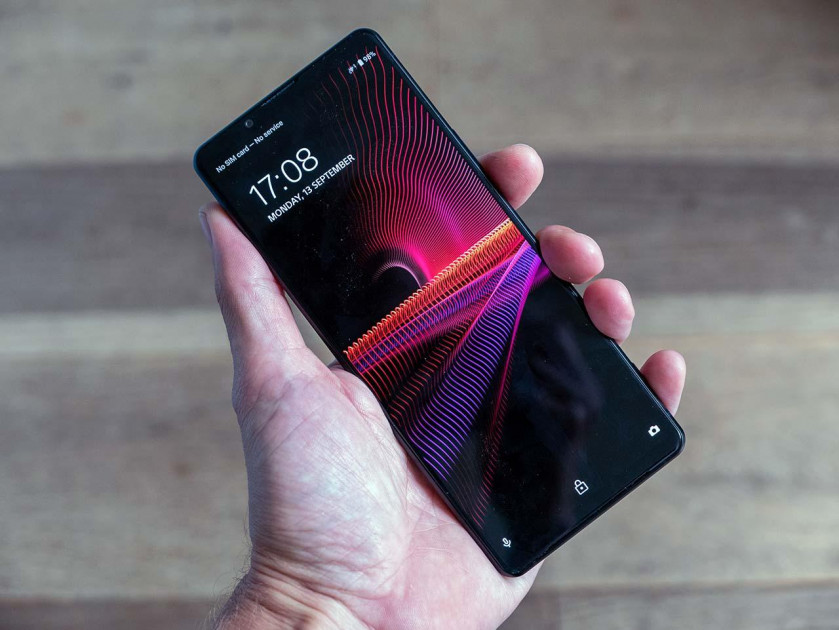Jürgen Wettke and Richard Konecky met during a photo trip to Iceland. A passion for aerial photography was the element they shared in common. Fascinated by the diversity of Kenya’s structures, colours and unique light, the two aerial photographers set off on a journey to the remote regions of the East African country.
How did you get into photography and what role does it play in your life?
JW: I’ve been taking photos since I was given a camera when I was 13 years old. Photography plays an important role for me. It’s the creative and relaxing side of my life, as I have a lot to do with facts and figures at work.
RK: I first got into photography as a teenager, when an uncle, who was in aerial reconnaissance during World War II, helped to set up a darkroom in the basement of our home. I continued as a self-taught photographer through high school, college and law school, after which making a living got in the way. It was not until I retired ten years ago, that I rediscovered photography with a Leica M9. Today it plays a major role in my life. I organize trips all over the world to pursue my photographic interest. I also continue to attend workshops in various types of photography. I have made many wonderful friends through photography.
This is not your first aerial photography project. What is it that fascinates you about this genre?
JW: The perspective, colours and visibility of structures are completely different from those seen from the ground, and always offer surprising results.
RK: My first aerial project was a brief excursion during a workshop in Iceland (where I met Jürgen). I am fascinated by the perspective one gets from above, and the opportunity it provides for the abstraction of landscape. I also find hanging out of an open-doored helicopter to be thrilling and inspirational.
What do you think are the biggest challenges in aerial photography?
JW: The ‘eye’ for the right perspective, because you usually only have a short period of time to find ‘the moment’ for the trigger. Modern technology only changes that slightly.
RK: For me, the biggest challenge was to get tack-sharp images in a moving, shaking helicopter.
How did you cope with this on this project?
JW: Experience helps a lot. Knowledge of camera technology is a prerequisite. Missed moments are difficult to repeat, even on helicopter flights.
RK: By concentrating on technique, knowing the camera well and shooting at a high shutter speed. Even so, there were many misses.
Why did you choose Kenya of all places? What is special about that country? And on what basis did you determine the specific locations?
JW: Discussions with professional photographers and country experts help to choose the right destinations. We are looking for landscapes that are inaccessible, sparsely populated and offer unique colours and structures. The north of Kenya, as well as Namibia and Iceland, offer such a landscape structure. There are, however, many more destinations, that occur to me.
RK: On this trip, Kenya chose me. Jürgen and I had previously discussed our common interest in aerial landscapes in Africa, after his prior trip to Namibia. We both are taken by the uniqueness of its structures, forms and colours. When he suggested a trip to Northern Kenya, I jumped at it; particularly the opportunity to fly over and photograph remote, inaccessible landscapes.

What equipment did you use for the project and why did you choose these cameras and lenses?
JW: We decided on the Leica S and Richard also had a Leica M body and lenses on hand.
RK: Right. I used a Leica S (007) primarily with the Summarit-S 70 f/2.5 ASPH. and the APO-Tele-Elmar-S 180mm f/3.5 lenses. I wanted to use a medium format sensor, and the best lenses available to make the sharpest images possible. I often like to crop my images to increase the sense of abstraction, and this camera with these lenses made that possible. I also used a Leica M10 with a APO-Summicron-M 50 f/2 and a Summilux-M 75 f/1.4. This combination did hold its own and produced good, usable files. No other aids (gimbals etc.) were used.
Did the helicopter have special devices for taking photographs?
JW: Yes, three seats in the second row and sliding doors, so we got most of the photos with open doors. The lenses were between us, as changing them is dangerous in a helicopter.
RK: Just the sliding doors as Jürgen mentioned, which were crucial for getting unobstructed images; plus having space between us for our gear and for changing lenses.
In your opinion, what are the main differences between aerial photography, which you do with an air-plane or helicopter, and drone photography?
JW: I’ve tried all the options. Drones have an enormous cost advantage, but are not allowed in most places or are subject to enormous restrictions. Drones for medium format are still very heavy, despite the carbon design. Propeller machines have the disadvantage of perspective. Usually only side perspectives can be photographed well. Verticals require opening the doors – not ideal at the speeds of the aircraft. Helicopters are expensive but if you plan the route well and have a good pilot, they are perfect.
RK: I haven’t done any drone photography. It would seem to lack the immediacy and connection that one has when shooting from a helicopter; it would be more technical and less soulful to my mind.
You have published the results of this journey in a photo book. Where will the book be available?
JW: The book was self-published. It is available worldwide only through Leica Stores and dealers, and in Leica Galleries. The summary of one’s own photographic work in the form of a book and/or a film, is always a pleasure. We hope to contribute to the growing awareness that it is worthwhile to preserve these unique landscapes for future generations.
Jürgen Wettke is a German landscape and areal photographer. In addition to his career as the leader in an international consulting firm, and his professorship at the University of Düsseldorf’s Medical School, he has been a passionate photographer since he was a boy. Several of his photo books have been published by teNeues: The Art of the Wadden Sea, The Namib Desert and recently Iceland – Nature of the North.
Richard Konecky is a lawyer and photographer, born in New York and currently living in San Francisco. His photographic work includes informal and environmental portraiture, landscape, macro, abstract and aerial photography. He took his first aerial photographs during an earlier project in Iceland, and was struck by the changed perspective and geometry of the landscape seen from the air.









